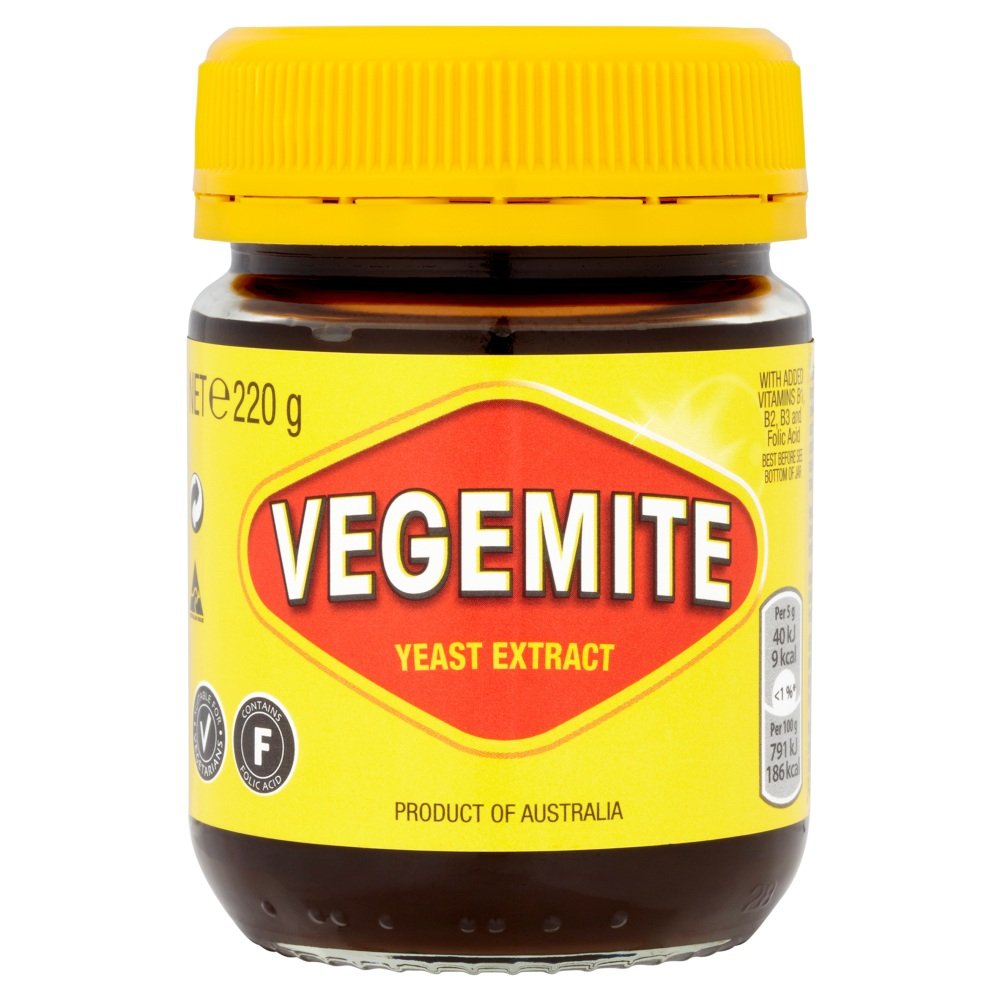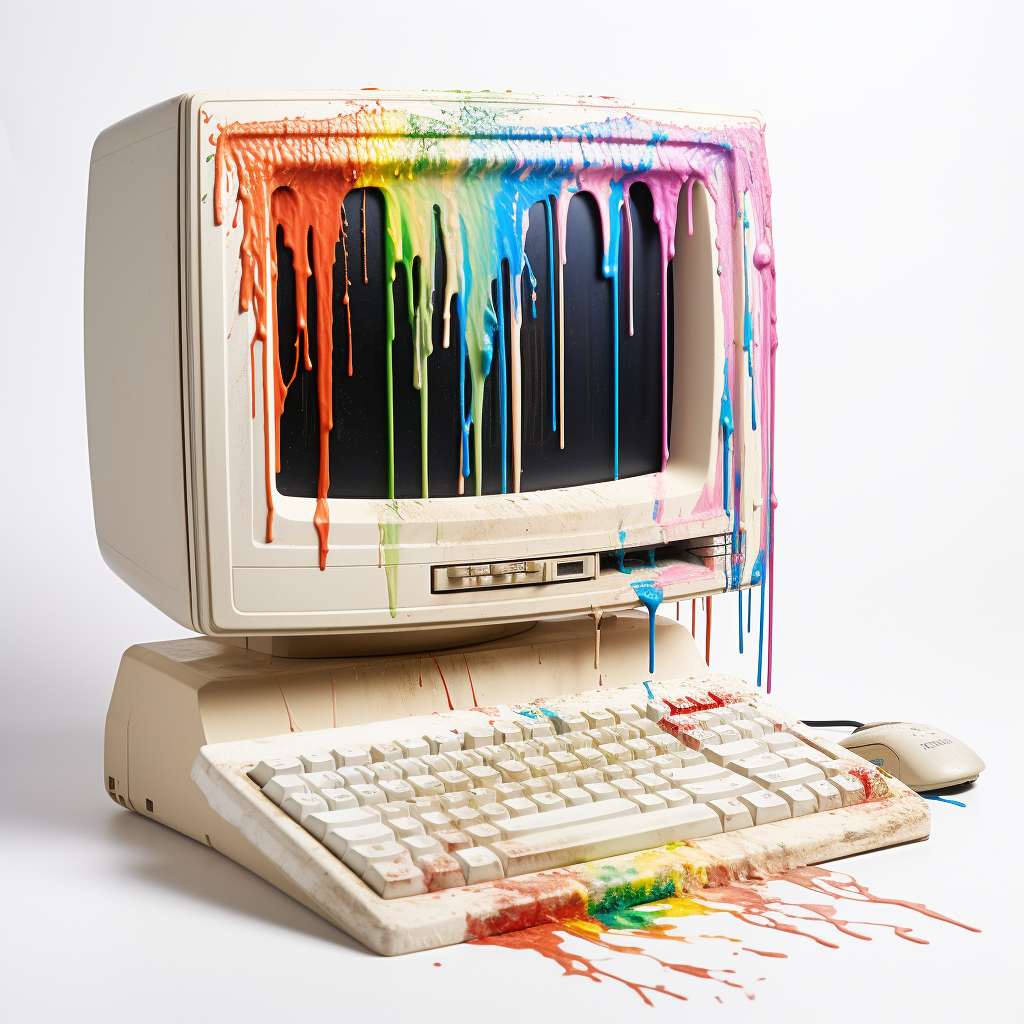

I’m finding the American regulations bizarre as well.
Yeah, the top element failing is less common. I suppose it could have been a dry firing and it just held on until recently. Whether it’s that or a defect, the fact that it’s been changed means that will likely be the end of your troubles. If you don’t have problems with the water already you probably don’t have to worry.





I was the exact same way. I could justify watching ads to support the people I watched, but then I learned how little compensation a creator actually gets from one view and decided my time was more valuable. Plus I just got too used to never seeing ads and could never go back.
This video sums up the sentiment you’re describing nicely.